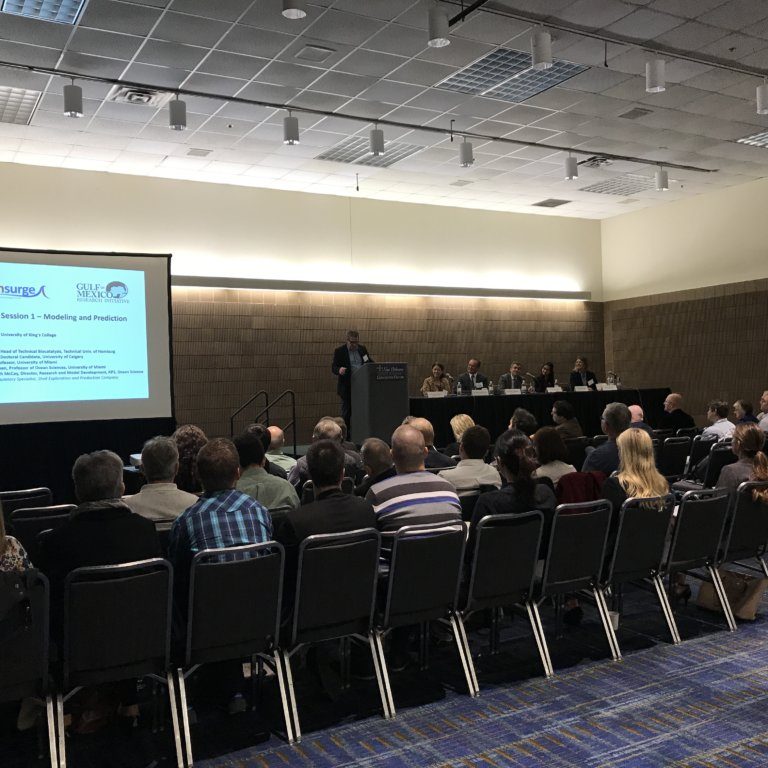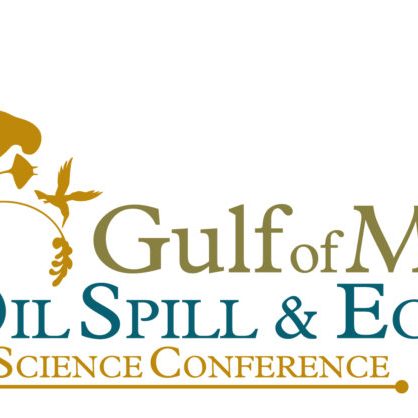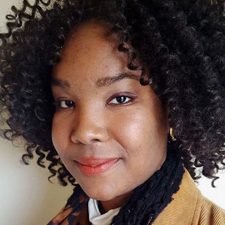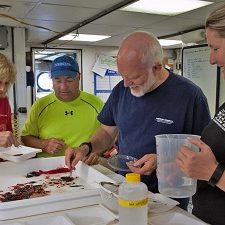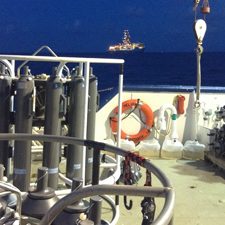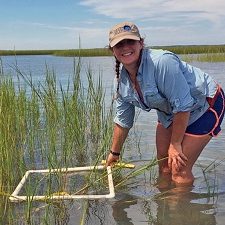Winter 2018 – Education Spotlight
Winter 2018 – Education Spotlight – MARCH 29, 2018 (From Winter 2018 Newsletter) The Deep Pelagic Nekton Dynamics of the Gulf of Mexico (DEEPEND) consortium recently published a timeline featuring images of the incredible biodiversity they encountered during their five research cruises in the Gulf of Mexico from May 2015 to May 2017. It lists…

